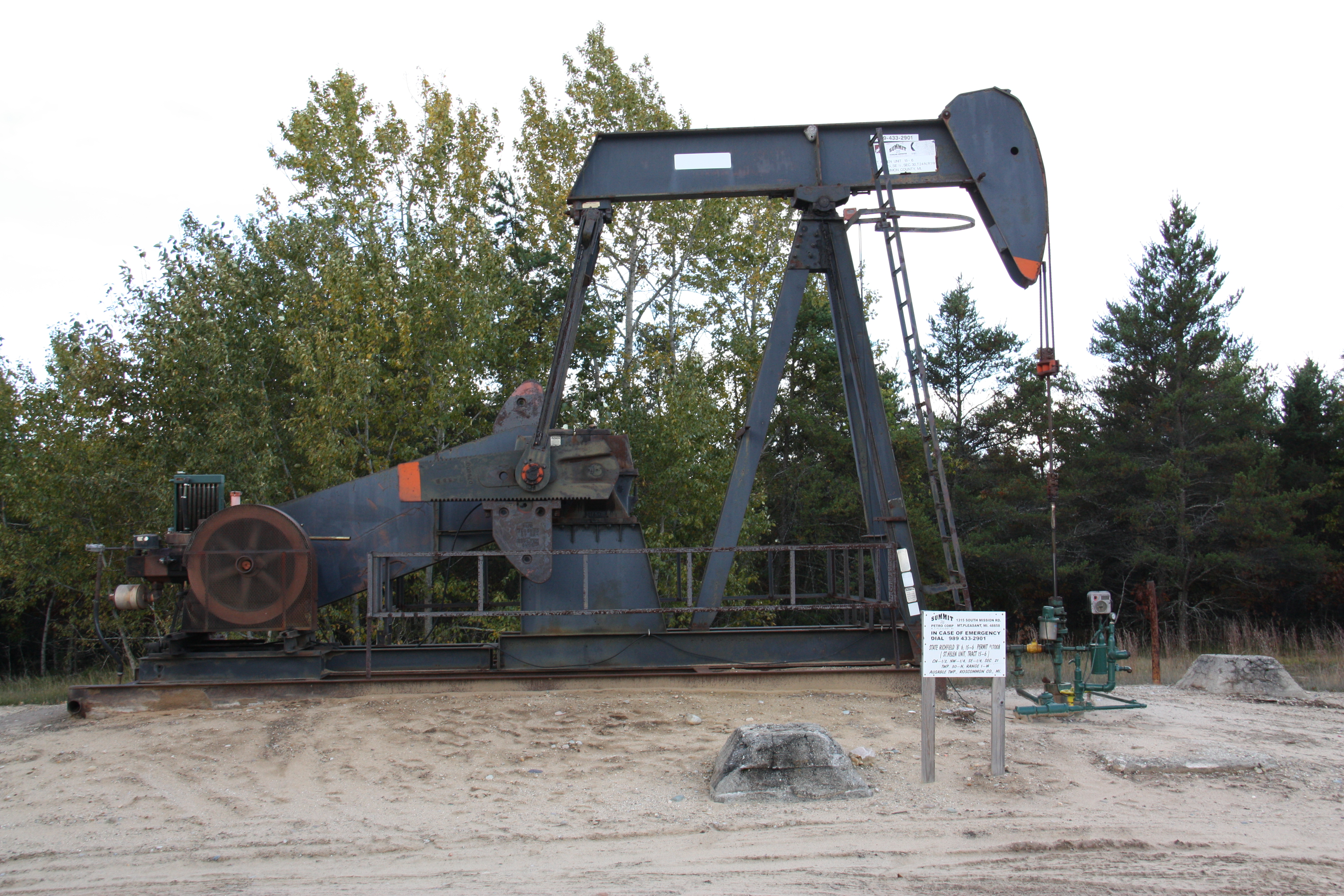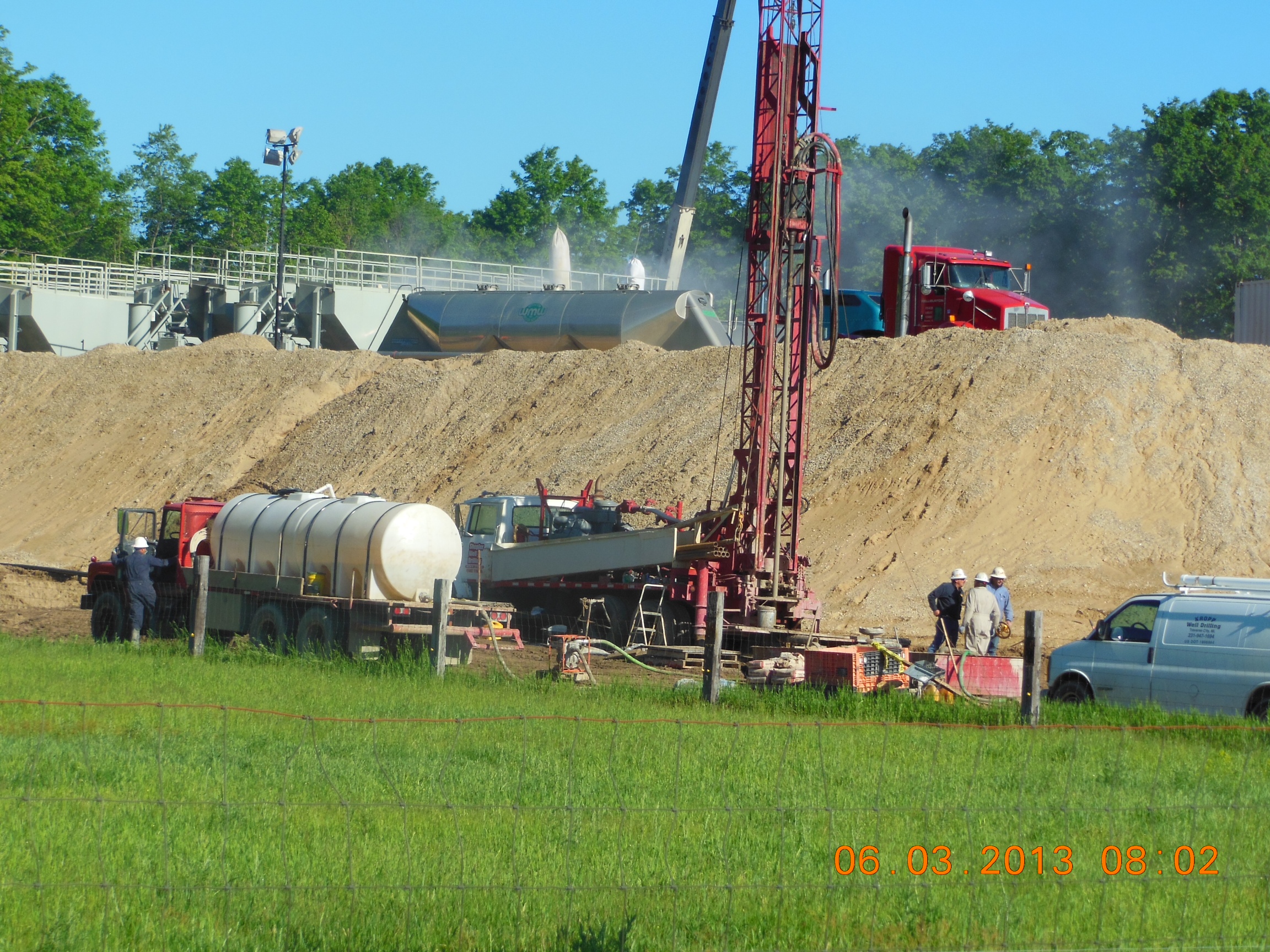The top story this month continues to be Marathon’s Science Well in Crawford County Michigan. Two weeks ago Marathon cleared a well pad in an area that we told you about first right here. Marathon has contracted Cruz Energy to rig up for a test well that will go 4,700 feet into the Amherstburg. The Amherstburg is part of the Detroit River Group of rocks of Middle Devonian age. The greatest accumulation of the Amherstburg formation is between southern Bay and Roscommon counties where its thickness exceeds 600 feet in some places. About half of its thickness at this thickest point is the Sylvania Sandstone member at the base of the formation. The outstanding characteristic of the carbonate rock in the Amherstburg formation is its relatively dark color which earns it the nickname from many geologists as Continue reading “Michigan Oil & Gas Monthly – September 2015”
Michigan Oil & Gas Monthly – July 2015
The big news this month is the expiration of permits 60746-60750 & permits 60765-60767 for the State Excelsior extension pads just north of M-72 in Kalkaska Michigan. Calgary based EnCana Corporation originally received these permits in 2013 but they transferred to Houston, Texas based Marathon Oil Corporation when Marathon acquired EnCana’s Michigan assets in 2014. Each of these 8 HVHF permits that expired were estimated to require 23,100,000 gallons of water per completion. All told, that’s approximately 185,000,000 gallons of Michigan freshwater that will not be consumed because these wells will never be drilled.
The expiration of these 8 permits is significant because it’s more conclusive evidence that HVHF in Michigan’s Collingwood formation is not economical for operators between $3/mcf & $4/mcf selling prices. Even if natural gas prices were to return to their 2008 level of $7.97/mcf, the highest price in US history, Collingwood wells would not be profitable wells by a long shot. The energy produced from the 7 wells that did make it to production from the Collingwood formation have demonstrated themselves to be an uneconomical use of Michigan’s freshwater resources for energy production. But, the uneconomical use of Michigan freshwater has Continue reading “Michigan Oil & Gas Monthly – July 2015”




